Cryptocurrency: A New Frontier in Finance

https://www.amazon.com/s?rh=n%3A7141123011%2Cp_4%3ACaveproject&ref=bl_sl_s_ap_web_7141123011
Cryptocurrency has redefined the way we perceive money, trade, and investment. At its core, cryptocurrency is digital or virtual currency secured by cryptography, making it nearly impossible to counterfeit or double-spend. The decentralized nature of cryptocurrencies, powered by blockchain technology, eliminates the need for intermediaries like banks and governments, giving users control over their finances.
The Birth of Cryptocurrency
The concept of cryptocurrency was introduced in 2009 with Bitcoin, created by an anonymous entity known as Satoshi Nakamoto. Bitcoin laid the foundation for a financial revolution, offering a peer-to-peer system for transferring value globally without relying on traditional banking infrastructure.
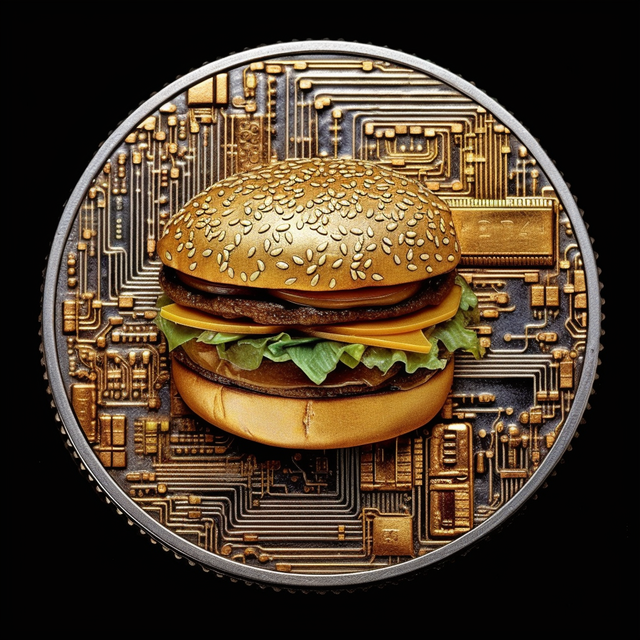
Key Features
Decentralization: Most cryptocurrencies operate on decentralized networks using blockchain technology. This structure ensures transparency and security.
Security: Advanced cryptographic techniques protect transactions, ensuring data integrity and preventing fraud.
Accessibility: Cryptocurrencies are borderless, allowing users worldwide to participate in the financial ecosystem without restrictions.
Popular Cryptocurrencies
Bitcoin (BTC): The first and most widely recognized cryptocurrency, often referred to as digital gold.
Ethereum (ETH): Known for its smart contract functionality, Ethereum powers decentralized applications (dApps).
Ripple (XRP): Designed for faster, cost-effective international money transfers.
Stablecoins: Cryptos like USDT and USDC are pegged to fiat currencies, offering stability in volatile markets.

Benefits and Challenges
Cryptocurrencies provide financial inclusion, enabling underbanked populations to access financial services. They also offer innovative investment opportunities, such as staking, yield farming, and NFTs (non-fungible tokens). However, challenges like market volatility, regulatory uncertainty, and potential misuse for illegal activities remain.
The Future of Crypto
The adoption of cryptocurrency is expanding, with governments exploring central bank digital currencies (CBDCs) and industries integrating blockchain for efficiency. While critics question its sustainability and scalability, advancements like Ethereum's transition to proof-of-stake show that the ecosystem is evolving rapidly.

Cryptocurrency is not just a trend but a transformative shift in how we transact and interact with money. Whether as an investment, a means of payment, or a technology enabler, crypto is shaping the future of global finance.
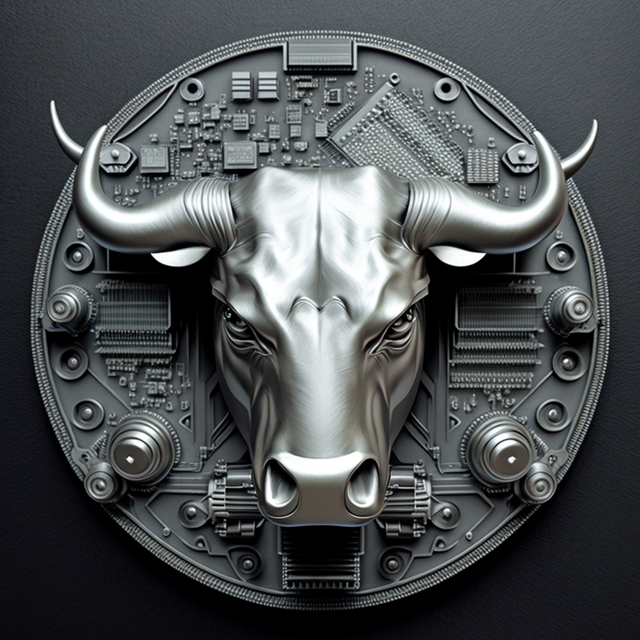
NFT Art: Revolutionizing Creativity and Ownership in the Digital Age
Non-Fungible Tokens (NFTs) have emerged as a groundbreaking application of blockchain technology, reshaping how we create, buy, sell, and perceive art. NFTs are unique digital assets that represent ownership of a specific item, often art, music, videos, or other creative works. Unlike cryptocurrencies such as Bitcoin, NFTs are "non-fungible," meaning each token is unique and cannot be exchanged on a one-to-one basis with another.
How NFTs Empower Artists
NFT art provides a platform where creators can showcase and sell their work directly to a global audience without intermediaries. This decentralized approach allows artists to maintain control over their creations and earn a more significant share of the profits.
Proof of Ownership: Each NFT has a unique identifier recorded on the blockchain, providing an indisputable certificate of authenticity and ownership.
Royalties: Smart contracts enable creators to earn royalties every time their NFT is resold, ensuring ongoing income from their work.
Global Marketplace: Platforms like OpenSea, Rarible, and Foundation allow artists to reach collectors worldwide, breaking geographical barriers.
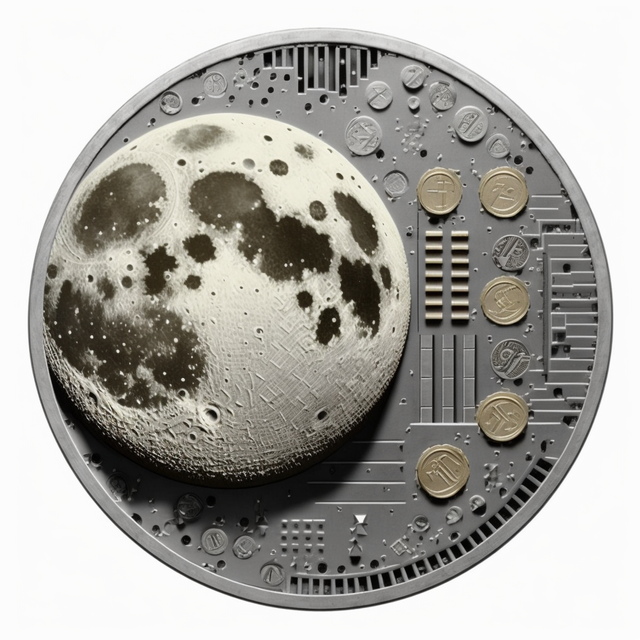
Types of NFT Art
Digital Illustrations and Paintings: Many digital artists have embraced NFTs as a way to monetize their creations.
Generative Art: Algorithmically created art, such as CryptoPunks and Art Blocks, has become a popular NFT genre.
Interactive and 3D Art: Artists are leveraging technology to create immersive experiences within the NFT space.
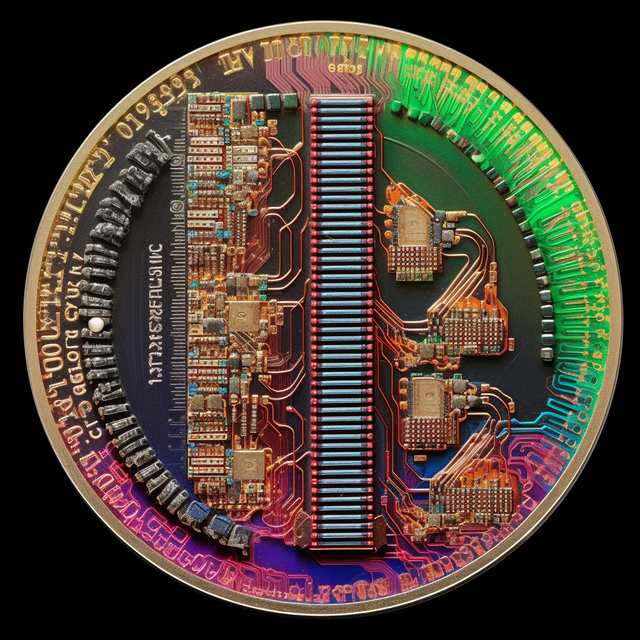
Photography and Animation: Photographers and animators are tokenizing their work, making it accessible to collectors.
Benefits for Collectors
For art collectors, NFTs offer a transparent way to verify the authenticity of their purchases. Blockchain records ensure that provenance is clear, and buyers can confidently invest in digital art. Additionally, owning NFT art often grants exclusive perks, such as access to private communities or events.

Challenges in NFT Art
While the NFT art space is thriving, it faces challenges:
Environmental Concerns: Blockchain technology, particularly proof-of-work systems, has a high energy consumption footprint. However, solutions like Ethereum’s shift to proof-of-stake aim to mitigate this issue.
Market Speculation: The value of NFT art can be highly volatile, driven more by hype than intrinsic artistic merit.
Copyright Issues: Cases of stolen or copied artwork being sold as NFTs raise questions about intellectual property rights.
The Future of NFT Art
NFTs are pushing the boundaries of creativity and redefining what art can be. They are also fostering collaboration between traditional artists, digital creators, and technologists. As the ecosystem matures, innovations in augmented reality (AR) and virtual reality (VR) are likely to enhance how we experience and interact with NFT art.
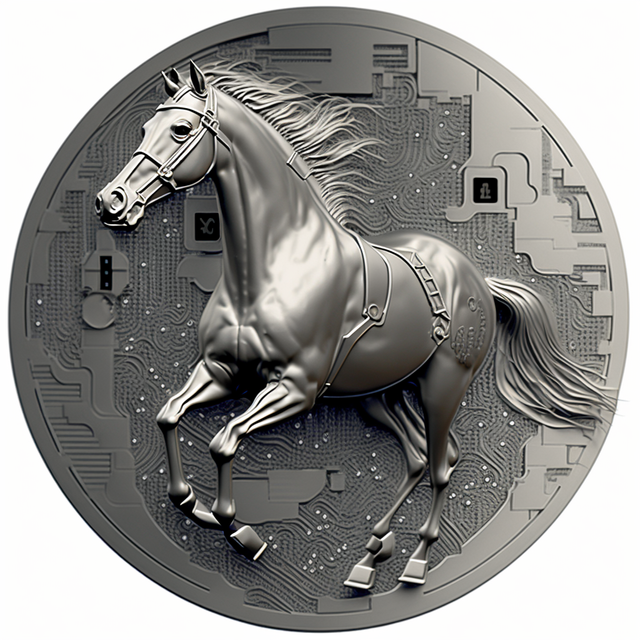
NFT art represents more than just a new way to sell and collect art; it’s a movement that challenges traditional notions of value, ownership, and creativity. For artists and collectors alike, it’s an opportunity to be part of a cultural and technological revolution.
https://www.amazon.com/s?rh=n%3A7141123011%2Cp_4%3ACaveproject&ref=bl_sl_s_ap_web_7141123011